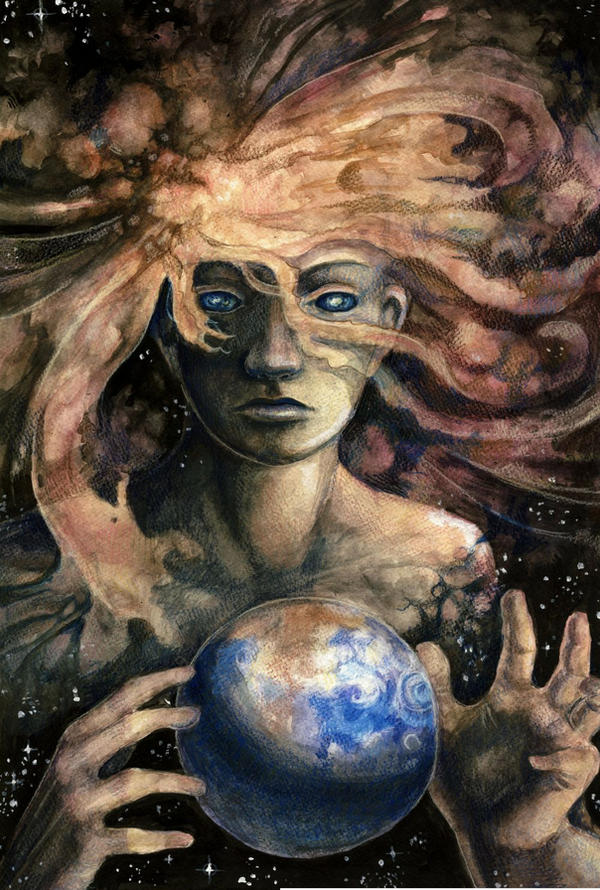I read this book of creation stories and cosmogonies from
around the world out-loud to my 8-year-old daughter to try and balance out the
Christian stories that she is deluged by in American culture. Many children
have no idea that predominant western religions did not develop in a vacuum,
but are threads in a tapestry of world mythology and religion that is as varied
as it is valued by so many different people in different times and climates. We
really enjoyed the stories, although some of them were as strange on first read
as the stories of the Bible and western myths must feel to children from other
cultures. Going through all the stories was actually an excellent experiment in
exchanged perspective, and the disorientation caused by the change lasted long
enough for us to go back to our own stories and sense afresh the “vagueness,
monstrosity, and incoherent variety” (H.G. Wells) of the western gods. I
thought it was especially beneficial to have the Bible story of Eden placed at
the end of the book as a way to say, “And now, doesn’t this story seem to have
much more in common with the stories of antiquity and early thought than you
had realized?” Brilliant.
In addition to being understandable by old and young alike,
the stories were very well spaced temporally and geographically, and mixed
together an excellently artful and balanced pastiche of creative human
narrative. At the end of each story, updated with modern language but loaded
still with rich and incomprehensible imagery, there was a nice little paragraph
about the story and its cultural setting and significance that helped explain
elements of tale would have passed us by. My daughter and I read this together at
bedtime every night, and we made it more fun by taking an atlas and a globe and
looking up the country of origin for each story. It was very educational, and we
learned more about mythology, religion, history, anthropology, geography,
globes and atlases (cartography) than we ever imagined we would. It even
inspired an idea in me to help other families guide their kids along a similar
tour of origin stories from around the world, and I have already taken it to the
interfaith group in our city which has granted me a hearing.
I am reminded of the words of George MacDonald who believed
in the value of understanding the worlds that exist in other people’s minds, “If
you understood any world besides your own, you would understand your own much
better.” I want my children to understand their world, and the people that make
up their world. I want them to develop a profound appreciation for the survival
and bravery of other peoples, and the indestructible spirit and hope that have
caused other cultures to endure. I want them to believe in the power of the
creative instinct that lies deep within us, to learn to harness the power of imagination
to solve problems and simulate alternatives, and to understand the significance
of narrative identity in human minds which weaves together the happenings of
our lives into a cohesive whole which gives us a sense of direction. We miss so
much when we close ourselves off from the rest of universe and the complex beings
who inhabit it. I recommend this book, and books like it, to everyone who has
grown accustomed to the same stories, with the same morals, preaching the same
fear of the unknown. Sapere aude!

